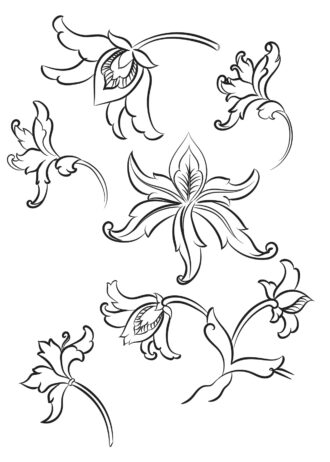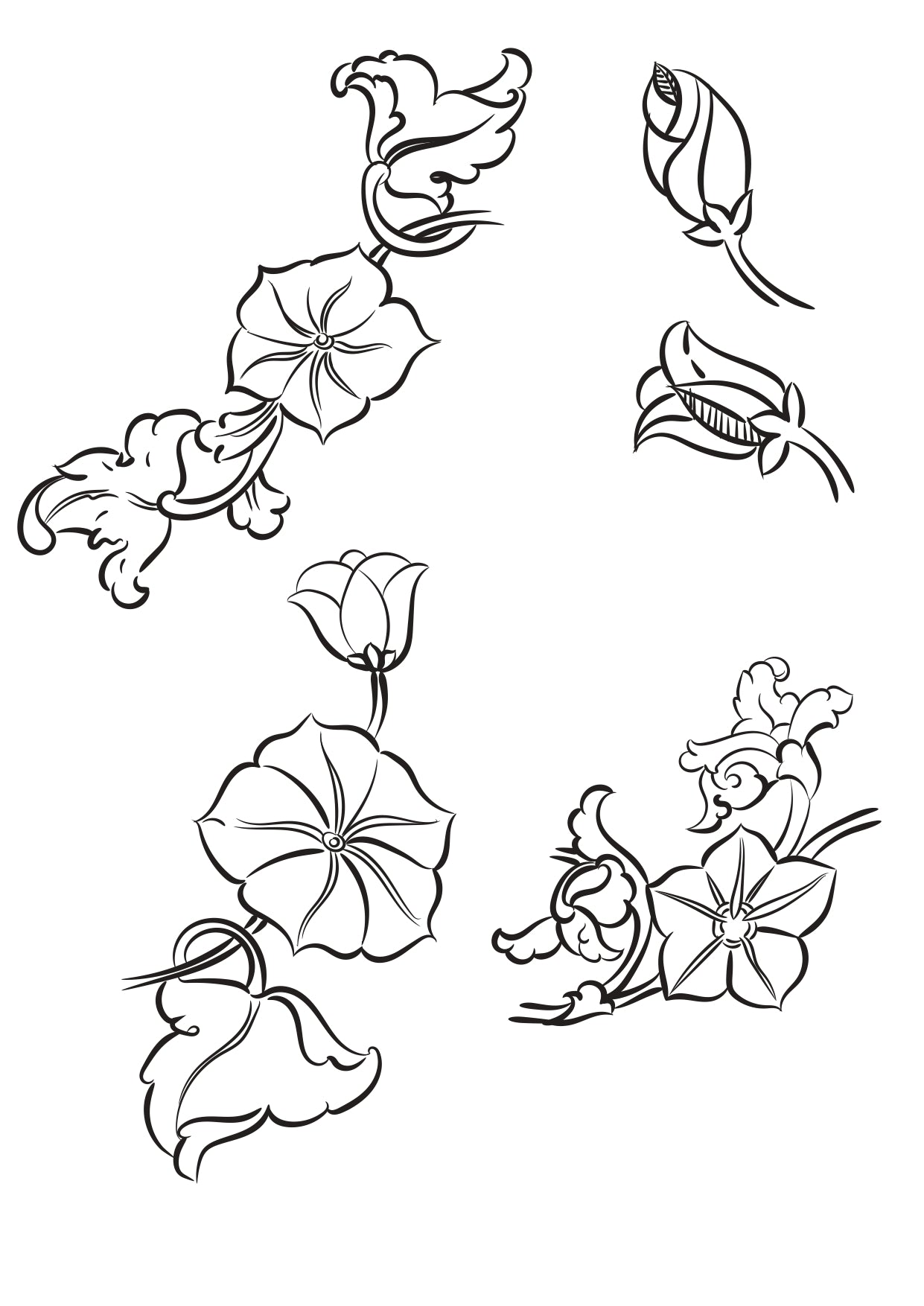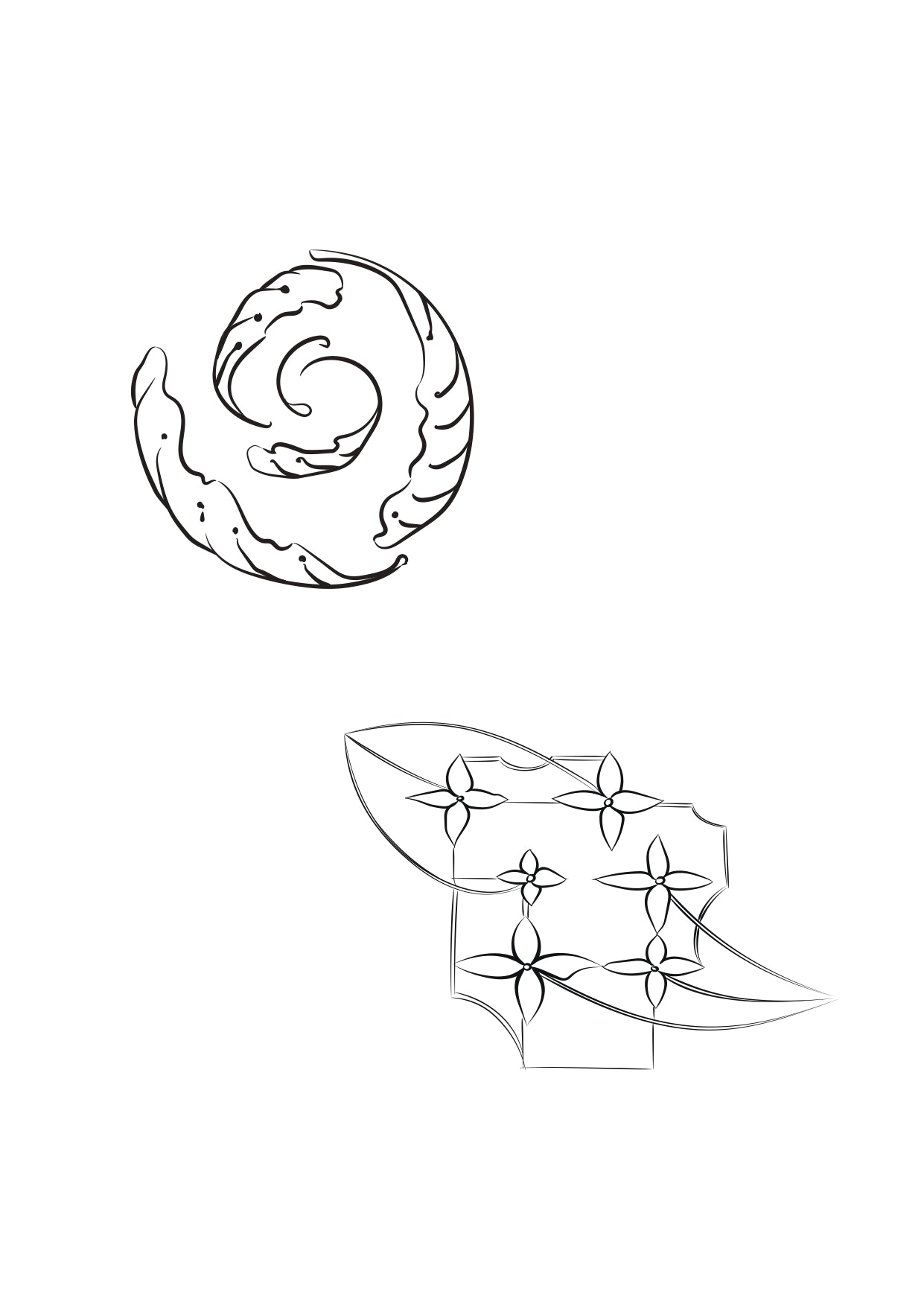Subtotal: RM0.00
Product Description
Bunga Keledek
Sweet potato is a root vegetable that is rich in carbohidrate and potent in carotene. The plant is believed to be originating from central America and northwest of Latin America. Early planting of sweet potatoes was estimated to happen around 3000 BC years ago where the first record of it was traced to be done by the ancient civilization of Peru and Mayan.
The explorer, Christopher Columbus was believed to be the one responsible for spreading the plant across Europe while Spanish and Portugese sailors introduced it to Arica as well as Asia. Now, sweet potatoes can be found in almost every tropical and sub-tropical areas or those with temperate climates in summer time. In Malaysia, the main producers of Sweet potatoes would be Johor, Selangor, Kelantan and Perak.
This creeper can reach the height between 1-8 meters. Its stem can be between 5 to 30 meters in length with the leaf measuring between 4 to 15cm long and 4 to 12 cm wide. The roots will swell with starch laden, oblong produce with smooth skin and multicolored inside that comes in various colors including orange, reddish yellow, purple or blonde depending on the cultivar itself. The orangey or reddish cultivars are sweeter compared their white or yellowish counterparts.
The plant’s white or light blue lilac flowers exist in singular clusters or blossoming in bouquets in between the leaf’s short, funnel like stem. In Malay cuisine, sweet potatoes can either be eaten raw, fried, baked, boiled, steamed, cooked in curry, simmered in coconut milk, become a gravy thickener and used as ingredients fo various Malay ‘kuih’ or cakes.
Usually in the Malay world if a plant can be eaten, it can also be used for healing. Hence, the sweet potatoes are also used for medicinal purposes like tonic for liver, kidneys and overall health as well as bringing back energy to weakening body and preventing thirst during flu.
The sweet potato flower has a likelihood or looks almost similar to morning glory except for the colors where they are expressed in opposites as if these two flowers are twin flames of each other. For morning glory, the entire flower is in blue or deep lilac with a white center while the sweet potato flower is the opposite where the rest of the petals are in white and the centre is in lilac or darker pink making it to appear more coy, gentle and reserved.
The flower embodies the Malay proverb of ‘diam-diam ubi berisi’ or ‘quietly the potato is filling itself’ to demonstrate the praiseworthy character of not having to make noise or telling everyone your achievements or what your next moves yet fulfilling and making things happen behind the scene.
It truly reflects the nature of the Malays’ understated pride and dignity, of having humility and the values of working hard first and letting the work speaks for itself.
Motif Kuntum Bertaut
The motif for sweet potato flower is named ‘Kuntum Bertaut’ or linked buds or petals to illustrate its movement and motion. And just like its expression, nothing is fractal in this world where everything is interlinked with one another like the butterfly effect.
Like someone presenting him or herself with one hand up while the other hand curled to the side, or bowing after the last encore of a great performance, the motif beautifully captures the essence of a work well done of a ‘diam diam ubi berisi’.
When the motif is repeated, a wave like pattern will emerge as if to communicate every work that matters will create a ripple effect, that quietly but surely impacts everyone involved and ultimately change the world. Collectively, a new, beautiful reality is crafted and everyone benefits from it.
Diam diam ubi berisi
Kuntum bertaut berseri indah
Diam diam manifestasi
Tanpa disebut hasil terserlah
The potato swelling up quietly
The flower buds beautifully blossom
Manifest new reality quietly
Without uttering the proof’s in the outcome









Reviews
There are no reviews yet.